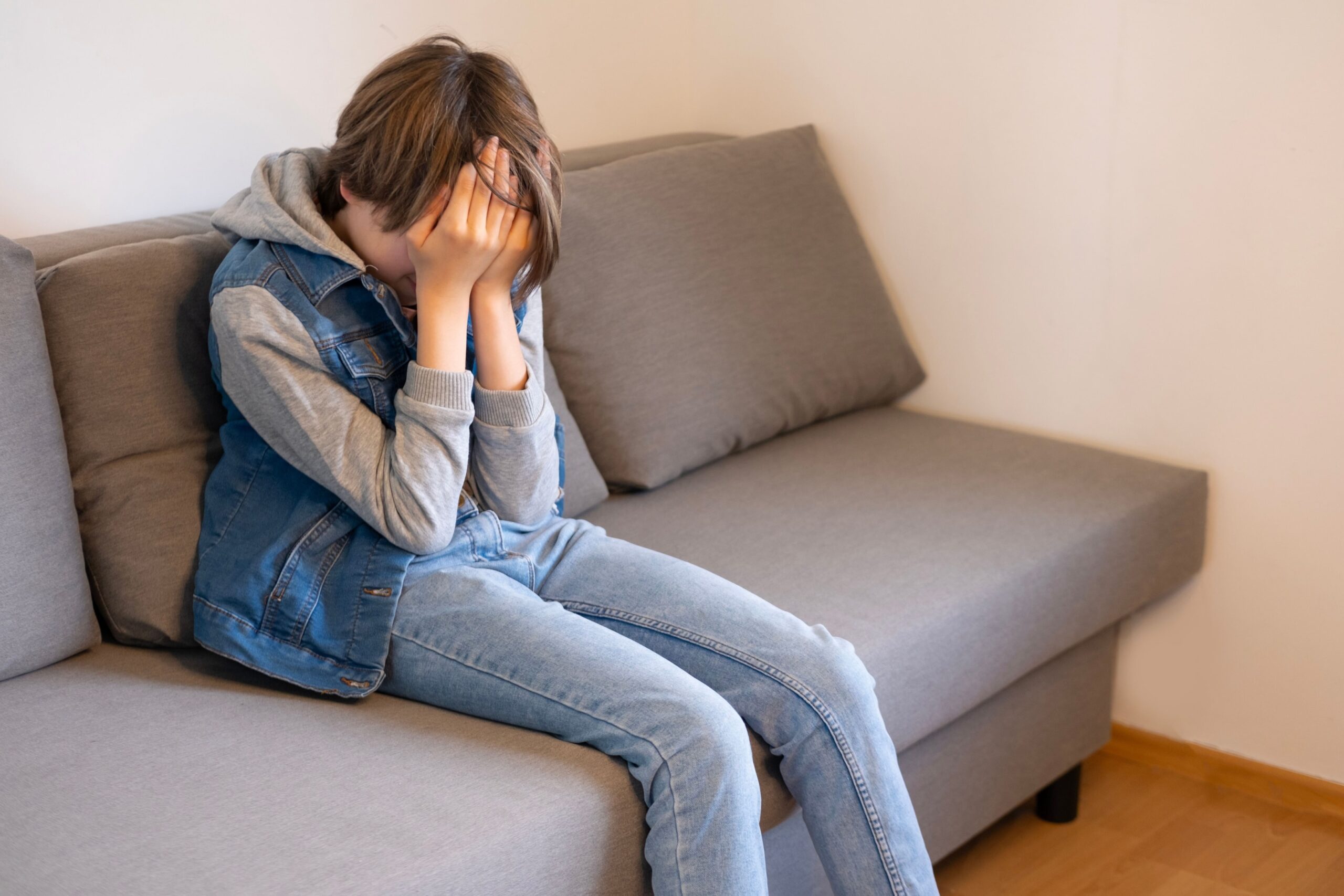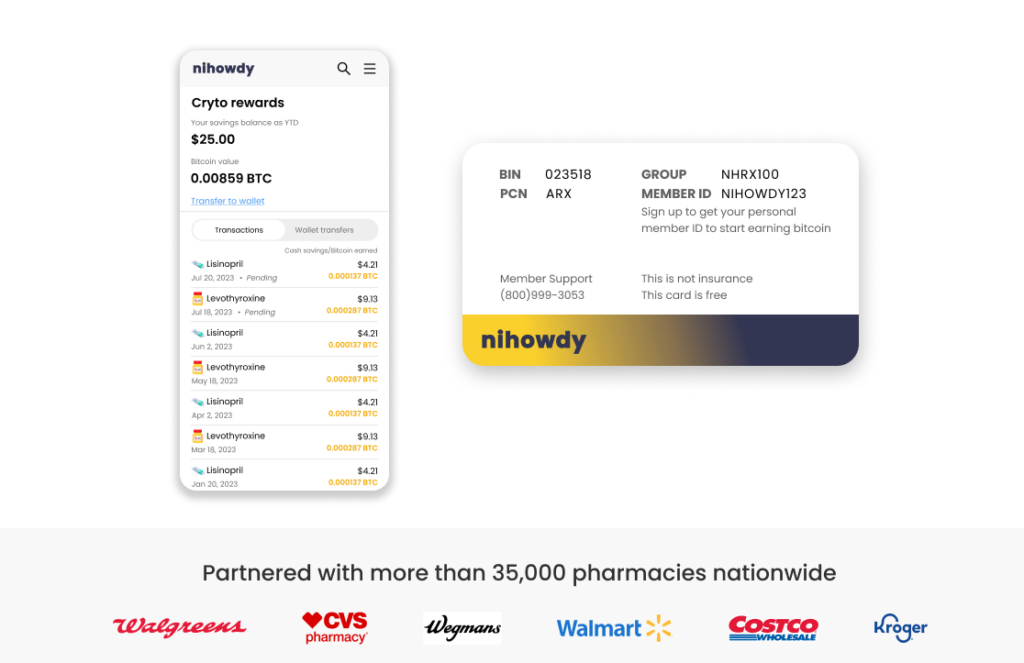Understanding Anxiety Generalized Disorder: Symptoms, Management, and Hope


Struggling with constant, overwhelming worry might mean you have Generalized Anxiety Disorder (GAD). You’re not alone, and help is available. This article explains what GAD is and its symptoms and offers advice on managing it professionally and on your own. With empathy and expertise, we’re here to help you find a calmer, more stable life, starting with the big question: How can I regain control?
Key Takeaways
Generalized Anxiety Disorder (GAD) involves ongoing, excessive worry about many things like money, family, and health, along with physical symptoms like restlessness and fatigue.
GAD affects many people and can make daily life hard, so it’s important to recognize and treat it early.
Treatment for GAD usually includes a mix of therapy, like cognitive-behavioral therapy (CBT), medication, lifestyle changes, and support networks to help manage symptoms.
Understanding Generalized Anxiety Disorder (GAD)

Generalized Anxiety Disorder (GAD) can be thought of as an unwelcome guest who just doesn’t know when to leave. This common disorder causes people to worry about everyday things constantly. These worries can include:
money
family
personal health
the future
Because of this wide range of concerns, it is hard for people with GAD to manage their worries.
People with GAD often have several mental and physical symptoms that make their anxiety worse. It can be hard to tell the difference between normal worry and the constant worry that comes with GAD. We are here to help explain this difference.
The Nature of Excessive Worry
Think about feeling nervous before a big school presentation—that’s normal anxiety. Now imagine feeling that level of worry about everyday things, even when there’s no real reason to worry. That is what it feels like to have GAD.
At its core, GAD is an uncontrollable and excessive worry that is often blown out of proportion. It brings mental stress and physical symptoms. People with GAD get stuck in a loop of “What if” questions. What if I mess up my presentation? What if I lose my job because of it? What if I can’t pay my bills? These worries don’t stop, making those with GAD feel powerless against their constant anxiety.
Recognizing the Physical Symptoms

GAD shows up with both too much worry and physical symptoms, like two sides of a coin. Knowing these physical signs is important to spot GAD.
People often go to doctors because they feel tired, have tense muscles, can’t sit still, and have muscle aches. These symptoms usually come from constant and overwhelming worry, which is typical of GAD. If you notice these symptoms along with too much worry, it might be a good idea to talk to a healthcare provider for advice.
Prevalence and Impact of GAD on Daily Life

Exploring Generalized Anxiety Disorder (GAD) shows it’s a common issue that affects many people in different ways.
Think of GAD like steps on a ladder. The first step is for people with mild problems, which is about 23.1% of those with GAD. The next step is for those with moderate issues, making up about 44.6%. The top step is for people with severe problems, around 32.3%. These numbers show how GAD can impact someone’s daily life and overall health.
Identifying Symptoms and Getting Diagnosed
Recognizing symptoms is essential for starting recovery, especially with Generalized Anxiety Disorder (GAD). Once you notice these signs, it’s important to see a doctor for a proper diagnosis and treatment plan.
Problems like trouble sleeping, feeling worthless, or being very self-critical because of anxiety are clear signs you need to get help. Even though it might seem complicated to go from noticing symptoms to getting diagnosed, we can make this easier.
From Symptoms to Diagnosis
Physical problems like constant pain, stomach issues, or headaches might be signs of bigger mental health problems like Generalized Anxiety Disorder (GAD). It’s essential to see a doctor if you have these issues to determine whether they relate to GAD.
During the doctor’s visit, they will perform a physical exam to rule out other health problems. This is a key step in diagnosing GAD. Now, let’s look at how doctors diagnose GAD.
Understanding the Diagnostic Criteria
A GAD diagnosis looks at how serious and long-lasting a person’s symptoms are. According to the DSM-5, someone must have had ongoing anxiety for at least six months to be diagnosed with GAD.
People should show several other signs, including:
feeling on edge
tiredness
trouble sleeping
constant worries
Doctors use a tool called the GAD-7 to measure anxiety levels. This tool helps them understand how serious the anxiety is and track how well treatment is working.
The Root Causes of GAD
Just like a tree grows from its roots, GAD has root causes. These include:
Genetic factors
Biological processes
Heredity
Environmental factors
If someone has a close family member with GAD, they are more likely to develop it too, showing how heredity plays a role. Environmental factors also increase the risk of GAD. Knowing these causes helps us understand and manage GAD better.
Treatment Pathways for GAD
Just like there are many ways to get to a city, there are several ways to treat Generalized Anxiety Disorder (GAD). One common way to treat GAD is by using a mix of therapy and medication, often including cognitive-behavioral therapy (CBT) along with different medicines.
It’s important to find the right treatment plan for each person with GAD, and this might take some time and patience. Usually, it means sticking to the prescribed medications for a long time, often for at least a year after the symptoms are under control. Let’s look closer at how this works.
Talk Therapy: A Cornerstone for Managing GAD

Imagine having a special set of tools to help you manage your worries. Cognitive Behavioral Therapy (CBT) is a common way to treat Generalized Anxiety Disorder (GAD). CBT gives you practical skills to handle your anxiety.
During CBT, you learn how to face and do things you used to avoid because of anxiety. This is very helpful for your overall recovery. Now, let’s talk about how medication can help.
Medication Options
There isn’t one perfect medicine for treating Generalized Anxiety Disorder (GAD). Doctors can choose from different types of medications, like selective serotonin reuptake inhibitors (SSRIs), serotonin-norepinephrine reuptake inhibitors (SNRIs), benzodiazepines, and buspirone. Each type has its possible side effects and works differently.
Benzodiazepines can quickly reduce severe anxiety symptoms but are not good for long-term use because they can be addictive. On the other hand, buspirone is better for long-term management of GAD, although it might take a few weeks to start working. It’s important to know that these anti-anxiety medications can have side effects like headaches, nausea, or trouble sleeping.
Lifestyle Adjustments and Self-Help Strategies
In the fight against Generalized Anxiety Disorder (GAD), while medical treatments are very important, it’s also crucial to make lifestyle changes and use self-help strategies. These can help manage GAD symptoms and include things like exercising regularly, getting enough sleep, practicing relaxation techniques, eating healthy, and avoiding substances like alcohol and drugs.
These self-help methods give people a sense of control over their condition by helping to reduce anxiety symptoms. Building a support network is also key to lowering stress levels and improving overall mental health despite struggles with anxiety.
Building a Support Network
A strong support network is like a guiding light for managing GAD. The recovery process for people with GAD is much easier when they have a support system made up of people they enjoy being around, respect, and trust.
The friendship and shared experiences found in support groups are often very encouraging for those dealing with GAD. Whether it’s through joining clubs, volunteering, or taking classes that interest you – these activities help make connections that offer valuable emotional support for people with GAD. There are many supportive environments available both in person and online. This includes:
Local support groups that meet regularly
Online forums and chat rooms focused on living with GAD
Anxiety-related social media groups and accounts that promote mental well-being
By exploring these options, you can find the empathy and companionship needed to handle your experience with GAD more effectively.
Navigating Life with GAD: Prevention and Prognosis
Living with Generalized Anxiety Disorder (GAD) is like trying to sail through stormy waters, but having the right help makes the journey easier. GAD can last a long time, but many people feel better with medicine and talk therapy.
Even though there isn’t a guaranteed way to stop GAD from happening, starting treatment early can make symptoms less severe. Learning about GAD can help you:
Spot early signs
Look into different treatments
Stay updated on new research, which can help you take action sooner and manage the disorder better.
Getting the Most Out of Healthcare with NiHowdy
When dealing with Generalized Anxiety Disorder (GAD), it’s essential to make the most of your healthcare benefits.
NiHowdy’s discount card stands out by letting users:
Earn up to 3% back in Bitcoin every time they refill their prescription
Benefit financially as Bitcoin value might increase over time
Handle rising healthcare costs
Save money for important life expenses.
When to Seek Professional Help
Knowing when to see a mental health professional is key to managing Generalized Anxiety Disorder (GAD). If anxiety starts messing up your daily life, like at work, school, or with friends and family, it’s time to talk to a mental health expert.
If you often feel a lot of fear or worry, getting advice from a mental health specialist is a good idea. If someone feels bad or has thoughts about hurting themselves, they should quickly contact emergency services like the National Suicide Prevention Lifeline or text the Crisis Text Line for help.
Summary
We’ve learned a lot about Generalized Anxiety Disorder (GAD), including what it is, its symptoms, causes, and ways to treat it. Unlike regular anxiety that everyone feels sometimes, GAD means feeling too much worry all the time about many things, causing a lot of stress. By noticing it early, getting expert help, and using therapy, medicine, lifestyle changes, and strong support networks, it’s possible to manage it well.
Remember, you’re not alone in dealing with this. Much help is available, from doctors to support groups and tools like NiHowdy’s prescription discount card, that can make healthcare more affordable. With the right resources, you can navigate the challenges of GAD and find a calmer path.
Frequently Asked Questions
What is Generalized Anxiety Disorder (GAD)?
People with Generalized Anxiety Disorder (GAD) have a mental health condition where they worry a lot about different things in their daily lives.
How is GAD diagnosed?
Doctors use a guide called the DSM-5 to diagnose GAD. To have GAD, a person must worry a lot for at least six months and have other symptoms like feeling restless and having trouble sleeping.
What are the treatment options for GAD?
Treating Generalized Anxiety Disorder (GAD) can include talking therapies like Cognitive Behavioral Therapy (CBT) or Acceptance and Commitment Therapy (ACT) and medications that fit the person’s needs.
Talking to a doctor to find the best treatment plan is important.
How can lifestyle adjustments help in managing GAD?
Making changes in your daily life can help manage GAD. This includes regular exercise, getting enough sleep, using relaxation techniques, eating healthy, and avoiding alcohol and drugs.
These habits can improve your overall health and help reduce anxiety.
What is NiHowdy’s prescription discount card?
NiHowdy’s prescription discount card helps users save money on medications and gives them up to 3% back in Bitcoin for every refill, helping with high healthcare costs.


